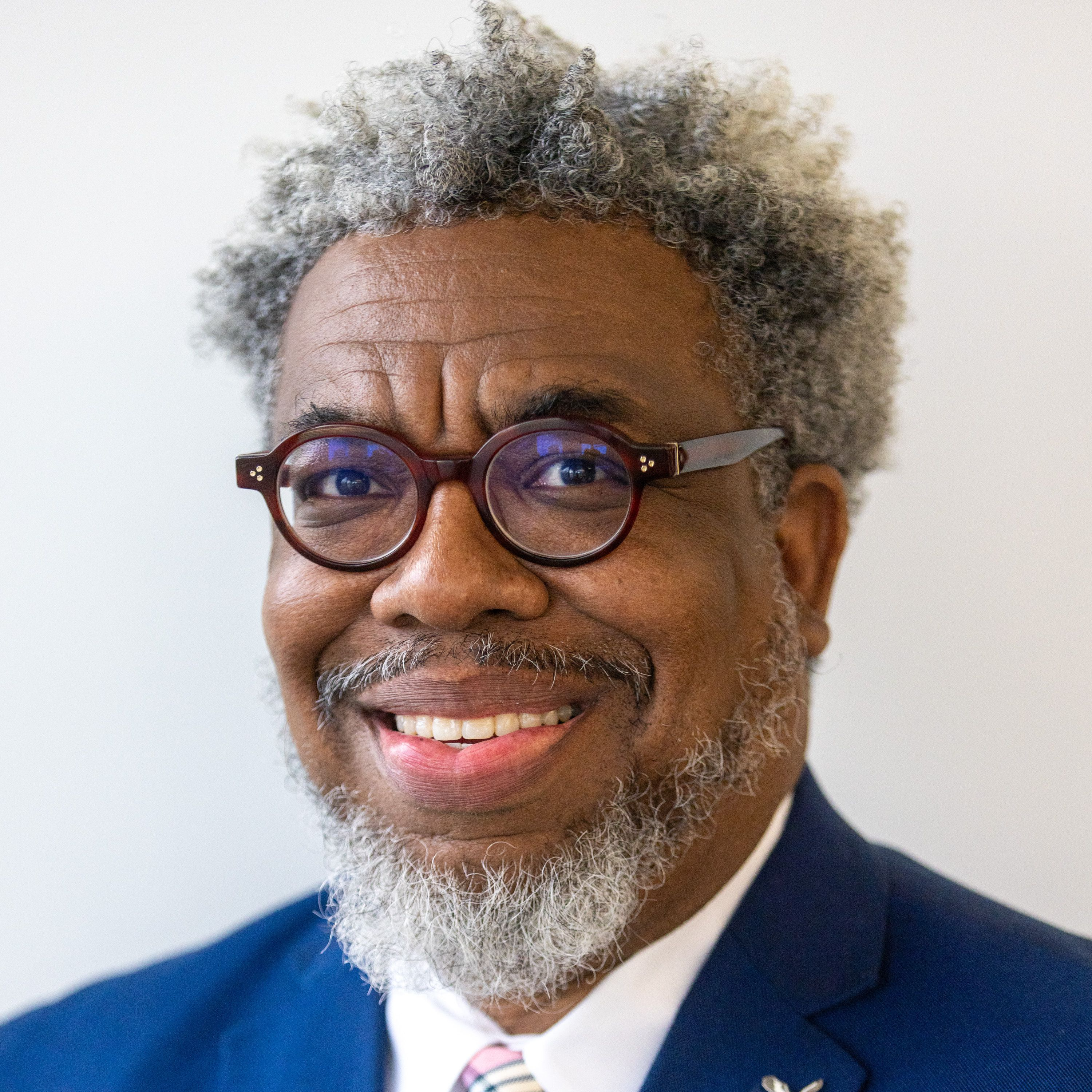King’s last crusade: The Poor People’s Campaign
By the middle of 1967, Martin Luther King Jr. found himself in charge of a broke and splintered SCLC, fighting off attacks from younger, more militant black groups for control over the direction of the movement.
He needed something big.

»RELATED: Read the AJC's full coverage of the life and death of Martin Luther King Jr.
Disgusted by the level of poverty that not only blacks were afflicted with in the United States, King envisioned a massive march where thousands would descend onto Washington, D.C. to demand legislation to address it.
“He was trying to recruit thousands of poor people and convince them to come to Washington, possibly for months, to engage in a series of protests demanding a legislative response to the problems of poverty,” said author Joseph Rosenbloom, whose new book “Redemption: Martin Luther King Jr.’s Last 31 Hours,” came out on Tuesday. “They would need to be brought to Washington. Housed in Washington. Fed and organized. That would have to go on in a controlled fashion for an unpredictable long time. All that was an enormous task.”

So enormous, that King’s staff panicked. It was too risky. Too big. Too unfocused. Too unorganized.
In early 1968, some two months before the campaign was set to launch in mid-April, King and his staff settled in for the final push.
Push through, they said. No distractions.
Then King got a call from Memphis.
Distraction?
Read more about Martin Luther King Jr. and the Poor People’s Campaign in Honoring King, the Atlanta Journal-Constitution’s look into the civil rights leader’s last year.

